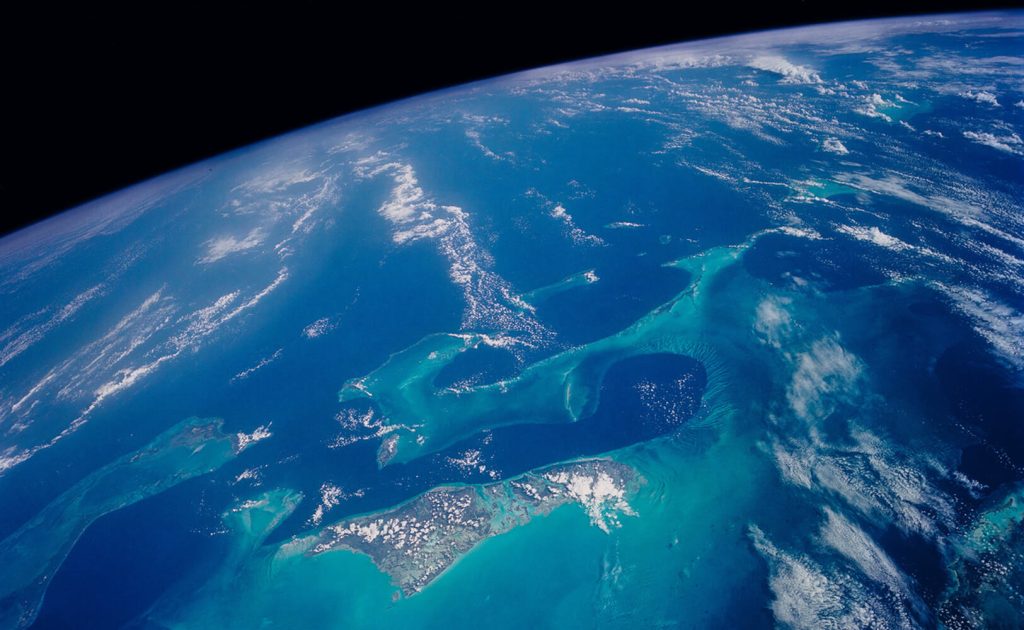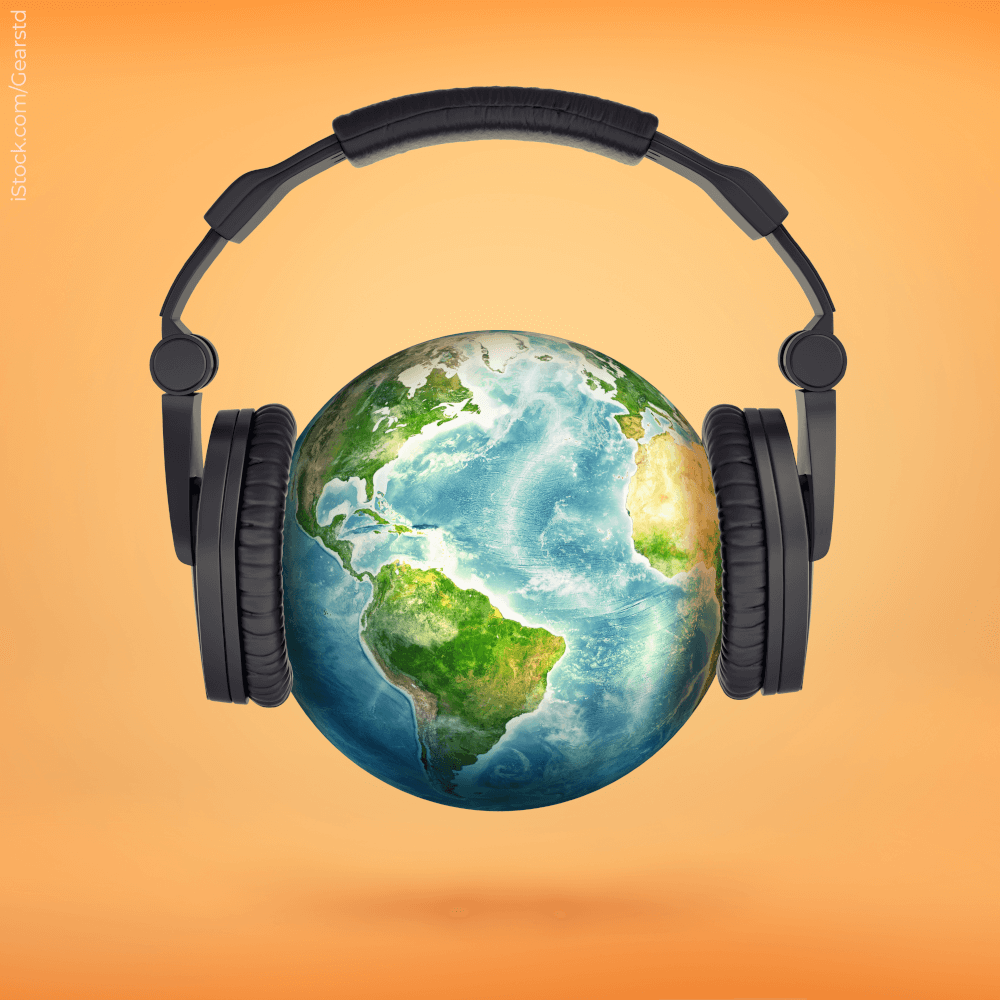Earth
Picture credits


Earth is often called the “blue planet” because a large part of its surface, about 70%, is covered by water. A lot is hidden in these waters, for instance almost all of Earth’s volcanoes. The Hawaiian volcano Mauna Kea is even higher than Mount Everest, just mostly under water.
Because water can store a lot of heat, it acts as a buffer that prevents extreme temperatures and temperature changes. Ocean currents such as the Gulf Stream, for example, have a great influence on the climate in coastal regions. Since the beginning of human observation, ocean temperatures have increased by about 1 degree, which corresponds to a huge amount of human-generated heat.

The inner structure of the earth is built like a matryoshka doll: The innermost core is a solid sphere of iron and nickel that is up to 5400 °C hot. Around the inner core is the outer core, a liquid layer of molten iron and nickel about 2300 kilometres thick. It is slowly circulated by density and temperature differences and thus generates the earth’s magnetic field. The core is followed by the mantle, the thickest layer of the earth. This hot mixture of molten rock is about 2 900 kilometres thick and as viscous as caramel. The outermost layer, the Earth’s crust, is only about 30 kilometres thick on land.

Most life on earth depends on oxygen from the air. The air also absorbs solar energy, distributes it through wind currents and thus moderates temperature fluctuations. Our atmosphere consists of several layers with different heights: The troposphere (0 – 10 km above the ground) is where most weather phenomena occur, the stratosphere (10 – 50 km) is where the ozone layer protects us from UV radiation, the mesosphere (50 – 85 km) is where auroras occur and the thermosphere (85 – 600 km) is where the ISS and many satellites orbit the Earth.
Researchers at the Leibniz Institute for Atmospheric Physics (IAP) in Kühlungsborn specialise in the mesosphere and study it with the help of LIDAR, rockets, radar and simulations.

Life on Earth is possible because, in addition to liquid water and a breathable atmosphere, we have a magnetic field that protects us: It deflects particles of the solar wind, shielding us from the radioactive radiation that would otherwise make survival on Earth’s surface impossible. The particles of the solar wind follow the magnetic field lines and then fall into the atmosphere around the magnetic north and south poles. This is why the ISS (at an altitude of 400 km) does not orbit around the poles, but around the equator: here the radiation is much weaker.
Some particles, mainly electrons and protons, are captured by the magnetic field and form the so-called Van Allen radiation belt. This belt protects our atmosphere, which would otherwise be carried into space by the solar wind. The strength of the radiation increases the less atmosphere there is above you: During a flight, the radiation dose per hour is therefore about 12 times higher than on the ground.

Life on Earth evolved in the oceans about 3 billion years before life on land. The oceans make up about 90% of the habitable space on Earth and are very complex systems: currents, a complicated interplay of temperature, density, salinity and the amount of dissolved gases, tidal forces and water depths ranging from a few centimetres to several kilometres. Researchers at the Leibniz Institute for Baltic Sea Research (IOW) are studying the ecosystem of the Baltic Sea, just 250 metres from Earth’s position on the Warnemünde Planetary Path. They research the laws according to which the coastal seas function and how humans shape and influence the processes in the sea and on the coast.

Audio guide
(available soon)
PhD students from the Institute of Physics at the University of Rostock give exciting insights into their research and explain the universe.
Quiz
Why are the auroras mainly visible around the North and South Poles?
